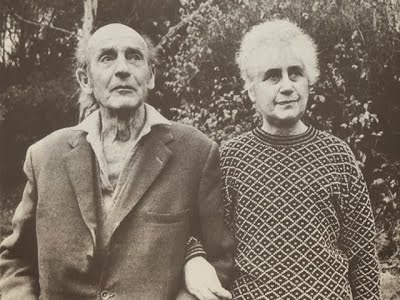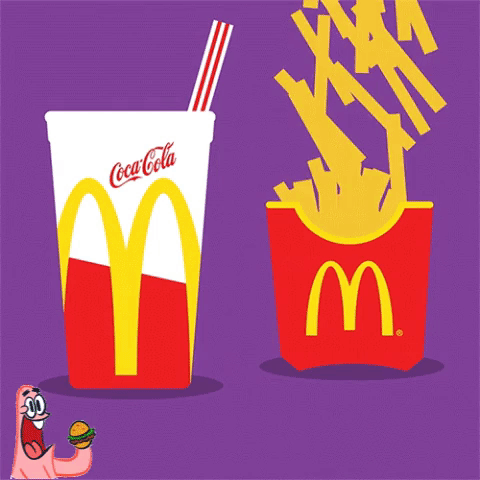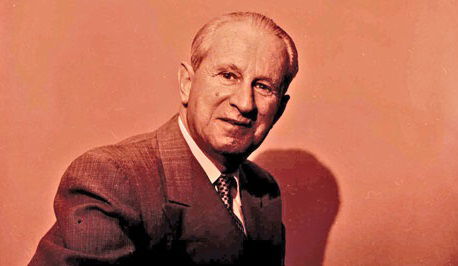What is Mass/Popular culture?


Mass culture is frequently attacked for diverting people away from useful activities and for 'dumping down' cultural standards, such as those found in high cultural art and literature and for having harmful effects, some more than others, on mass audiences.

Literary Critics and Essayists, Frank and Queenie Leavis, (between 1930-1960) scorned mass culture which they saw as processed, packaged, trivial and mindless escapist fantasy, and inferior to the lasting artistic and literary value found in high culture.
They saw it as ruining the proper use of language, exploiting people’s emotional needs and fears, and encouraging greed and mindless adaptation to.
Ritzer (2013) shows us by using an example of the American food industry companies and brands on a global scale, the promotion of a global standardized culture among the consumer lifestyles and culture associated with them, also the weakening of local cultures.

Take, for instance, McDonald’s; A worldwide business with more than 37,000 restaurants in over 120 countries (in 2017). It has now become possible to buy an identical food product practically anywhere you are in the world. This promotes something called global culture and weakens local cultures within societies. In reference to the last example mentioned, local food outlets close in the face of competing companies thus, local diets start to change.
Another very evident example is the use of the English language, which has become the internationally dominant and preferred second language in most countries around the world.
Marxist and critical theorist Bourdieu (1971) argues that high culture is allegedly superior to mass culture because the dominant class has the power to impose on the rest of society its own cultural ideas about what counts as good taste, worthwhile knowledge, good books, music, art, films and so on.
The rest of society are then socialized into accepting the continuing superiority of high culture although they themselves are more likely to participate in mass or popular culture which is regarded, by the dominant class as low, worthless and inferior culture.
The culture industries produce mass cultural products of little artistic merit to make profit and manipulate people into wanting and consuming them through advertising and the media.
Mac Donald (1965) was another critic of mass culture, he saw mass culture as trivial and inauthentic.
Those holding such views regard popular culture as a form of social control, giving off the illusion of choice between a range of similar standardized and uncritical form of info-tainment (meaning info wrapped up to entertain) and escapist fantasy, that maintains Ideological hegemony (the dominance set of ideas) and the power and prestige of the dominant class in society. This is because consumers are hushed into an uncritical and undemanding passivity and mindless social conformity, making them less likely to challenge the dominant ideas, groups and interests in society.

Herbert Marcuse, a German-American Sociologist and political theorist (affiliated with the Frankfurt School of Critical Theory)(2002[1964]) suggested that consumption through advertising, undermined people’s ability to think critically about the world. He saw this as a form of social repression- a means of locking people into the present system, promoting conformity and passive acceptance of the way things are, and undermining the potential for revolutionary action to change society.
Strinati (1995), a postmodernist, sees mass culture as popular culture, as having value and as worthy of study. He doesn’t accept the suggestion that there is a single mass culture, which people passively consume, and points to a diversity and choice within popular culture, which people select from and critically respond to. Moreover, Livingstone (1988) found that the writers and producers of TV soap operas, a form of popular culture consumed by millions, saw them as having many positive benefits for society. They saw them as educating and informing the public about important or controversial social issues, presenting a range of political options, generating public controversies and discussion, and giving insights into the sometimes tough and grim lives of others.
For example, in recent years the public has been encouraged through soap stories to discuss serious and big issues such as child rape, incest, homelessness, false imprisonment, lesbianism, child abuse, domestic violence, eating disorders, homophobia, racism, bisexuality, religious cults, pedophilia, drug addiction and relationship breakdown.
Controversies surrounding these soap stories have frequently dominated the headlines of the red-top tabloid press, promoting public discussions that might never otherwise have happened.
Many of those who consume and enjoy popular culture say that its critics are elitist snobs who rank cultural preferences based on their own cultural preferences. These snobs simply prefer high culture and have contempt for what they regard as the slob culture of the masses.
The existent and changing distinction between High culture and Popular culture
Strinati (1995) and other postmodernists argue that the distinction between high culture and popular culture is weakening and here's why.
Mass communication technology like:
After the French revolution and the industrial revolution, mass culture began to rise and spread at high rates and companies began to expand. As technology emanated, companies and co-operations were able to create ads and promote their products to even bigger masses. They no longer just used billboards, but also used radio and shortly after television to spread the message. This wave of evolutionary science brought along new inventions that were produced such as;
the internet, music downloads, cable/satellite/digital television, film and radio, printing of mass production and personal use in the home, the global reach of contemporary media, the mass production of goods on a world-wide scale, mass consumption, global tourism and easier international transportation.
So, technology plays a big role in the firm development of popular culture as it provided new ways for people to experience many things that they were unable to before.
Radio, for instance, attracted listeners and also started Jazz, big bands and fireside chats. Followed by television, which nowadays may be found in many communities, same as mobile phones which people now use for more than just calling, and the internet. The internet helped people witness and experience difference of culture with the help of web engines like Google, the dominant and most used web engine of all, people are, for example, able to listen to classical music like that of Tchaikovsky, Chopin and Mozart. They are able to look up famous paintings and works of art such as, The girl with the pearl earring, The last supper and The Mona Lisa, which is said to have one of the most recognized faces in history. The Mona Lisa also happens to be one of the most replicated artworks of all time. Artist Andy Warhol painted thirty pictures of Leonardo DaVinci’s ‘The Mona Lisa’ in different colors, arguing that ‘thirty was better than one’. He turned high culture into popular culture. His work has been marketed to millions globally through postcards, posters, mugs, t-shirts etc., and his original artworks now sell for millions.

All these make a huge range of media and cultural products available to everyone. Such changes in industrial societies make cultural products available to everyone (infinitely reproductive) and enable original music and art and other cultural products of value to be consumed by the mass of people in their own homes without visiting specialized institutions like theatres or art galleries. High culture is no longer simply preserved for the elites, and people now have a wider diversity of cultural choices and products available to them than ever before in history. High culture is now a commodity, for sale like any of the products of popular culture.
Elements of high culture have now become a part of popular culture, and it is ever more difficult for any one set of ideas of what is worthwhile culture, as Bourdieu suggested, to dominate society.
 For example, Artist Andy Warhol painted the Mona Lisa thirty times in different colors, arguing that ‘thirty are better than one’, turning high culture art into popular culture. Original Warhol paintings and creations now sell for millions of pounds.
For example, Artist Andy Warhol painted the Mona Lisa thirty times in different colors, arguing that ‘thirty are better than one’, turning high culture art into popular culture. Original Warhol paintings and creations now sell for millions of pounds.

Technology has made it possible to see and study high culture products, such as paintings by artist Van Gogh. These could be printed through private homes and hung in houses either way. The originals still only are shown in art galleries and museums, but copies are available to everyone.
They are reproduced on everything from socks to T-shirts to chocolates to can lids, mugs, mouse mats, posters and much more.
In conclusion, many countries are experiencing what is referred to as cultural homogenization; the process whereby the separate characteristics of two or more cultures are lost or erased and become into one blended uniform culture, often linked to the ideas of globalization. Strinati (1995) and other post-modernists argue that there is a distinction between high culture and popular culture. However, that distinction between the two is blurred in today’s modern societies.
Quote of the day!
In conclusion, many countries are experiencing what is referred to as cultural homogenization; the process whereby the separate characteristics of two or more cultures are lost or erased and become into one blended uniform culture, often linked to the ideas of globalization. Strinati (1995) and other post-modernists argue that there is a distinction between high culture and popular culture. However, that distinction between the two is blurred in today’s modern societies.
Quote of the day!

Comments



